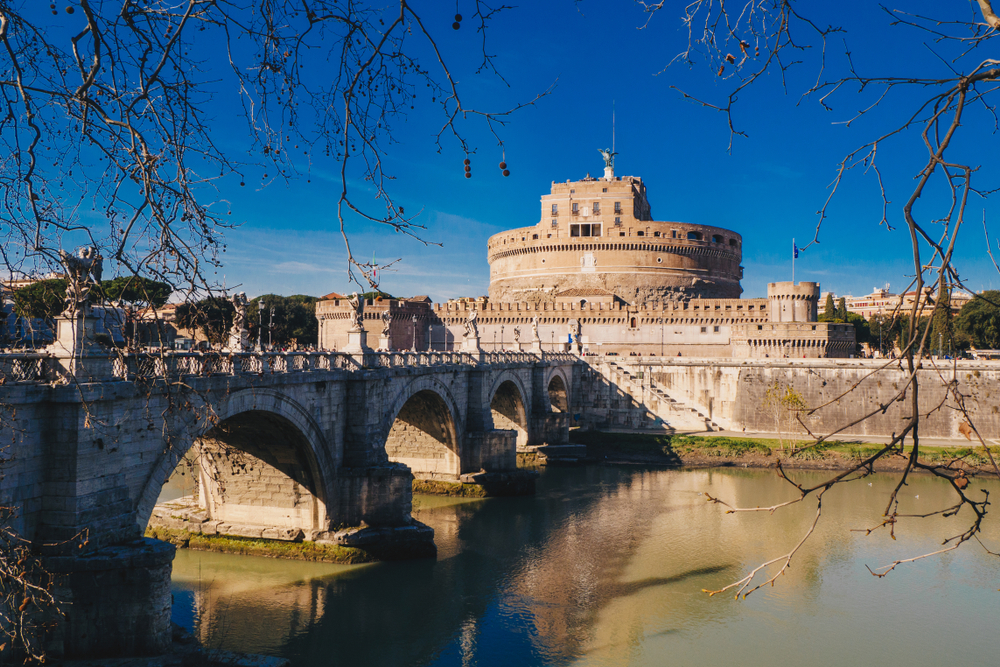
WWW.DISCOVERMAGAZINE.COM
Caligulas Secret Garden Found: A Glimpse into the Roman Emperors Extravagance
Deep beneath the streets of Rome near the Vatican, overlooking the banks of the Tiber River, Italian archaeologists have uncovered a hidden gem of Roman history Caligulas secret garden. This 2,000-year-old marvel, buried for centuries, offers a rare glimpse into one of Rome's most infamous rulers. Known for his excesses and controversial reign, the discovery of Caligulas Garden not only illuminates his world but also sheds light on the opulence of ancient Roman life.Read More: 5 of the Most Ruthless Rulers in Ancient HistoryWho Was Caligula?Born Gaius Julius Caesar Augustus Germanicus in A.D. 12, Caligula rose to power in A.D. 37 as the third Roman emperor. Nicknamed Caligula, meaning little boots, after the miniature soldier footwear he wore as a child, he is one of the most debated figures in Roman history. Early accounts describe his early rule as promising, but his reign quickly turned notorious. Stories of tyranny, extravagant spending, and bizarre behavior have cemented his legacy as a symbol of decadence and madness. He is said to have declared himself a living god, squandered the empires wealth on lavish projects, and engaged in acts of cruelty and debauchery. Strange anecdotes, like appointing his horse Incitatus as a priest or consul, further reveal the extent of his eccentricity. However, some historians argue that these tales may have been exaggerated by political enemies, particularly after his death.Incitatus (Credit: Sammy33/Shutterstock)The Discovery of Caligulas GardenNestled near the foundations of what is now the Vatican, the discovery of Caligulas garden represents an important find for archaeologists. The site was part of a pleasure garden complex thought to be owned by the emperor, which is supported by the writings of Philo of Alexandria. He tells of how he and his delegation were received by Caligula in A.D. 40 at a vast garden overlooking the Tiber River. The similarity between the remains found and the description of the Alexandrian historian suggest that the recently excavated garden is the site of the meeting, according to a statement from the Italian Ministry of Culture. The ruins, which were unearthed by construction crews working on a new overpass at Piazza Pia in Rome, include a travertine wall, the foundations of a colonnaded portico, and a large open garden area. The archaeologists also uncovered a lead water pipe with the inscription: C(ai) Csaris Aug(usti) Germanici, which researchers determined the translation to Gaius Caesar Augustus Germanicus, or Caligula. In addition to the structures and the lead water pipe, archaeologists unearthed slabs of Roman-era pottery and terracotta plates depicting mythological scenes, which likely adorned rooftops or garden structures. Read More: The Hierarchy of the 1,200-Year-Long Roman EmpireThe Importance of Caligulas GardenThe unearthing of this garden sheds a bit of light on the personal life of a ruler often remembered for his darker deeds. It also demonstrates his and the Romans deep appreciation for nature and aesthetics. The garden likely wasnt only a display of wealth it was a place of respite. However, lavish gardens like these were also regularly used to project power and divine favor, possibly reinforcing the emperors self-image of a god-like figure.How Did Caligula Die?Caligulas reign came to an abrupt end on January 24 in A.D. 41, when he was assassinated by members of the Praetorian Guard. Troubled and concerned by his erratic behavior, financial mismanagement, and disregard for traditional Roman values are thought to have fueled the plot against him. By some reports, he was killed alongside his wife and baby daughter.What the Garden Tells Us About Roman SocietyThe discovery of Caligulas Garden offers a fascinating glimpse into the lives of Romes elite. These gardens werent just places to admire exotic plants they were centers of power, entertainment, and social gatherings. Emperors and aristocrats used them to display their wealth, host lavish events and even conduct political business in locations that showcased their status and power. By studying the remnants of spaces like this, archaeologists can gain deeper insight into the cultural and social priorities of the ancient Roman elite, revealing how luxury and influence were intertwined in their daily lives.Article SourcesOur writers at Discovermagazine.com use peer-reviewed studies and high-quality sources for our articles, and our editors review for scientific accuracy and editorial standards. Review the sources used below for this article:History Collection. Mad, Bad & Dangerous to Know: 5 Things You Should Know About CaligulaPBS. The Roman EmpireThe Conversation. Mythbusting Ancient Rome Caligulas HorseHistory. 7 Things You May Not Know About CaligulaMinestero della Cultura. Giubileo, a piazza Pia emergono strutture di et Giulio-Claudia e il portico di CaligolaUniversity of Reading. Walking, talking and showing off a history of Roman gardens
0 Comments
0 Shares


